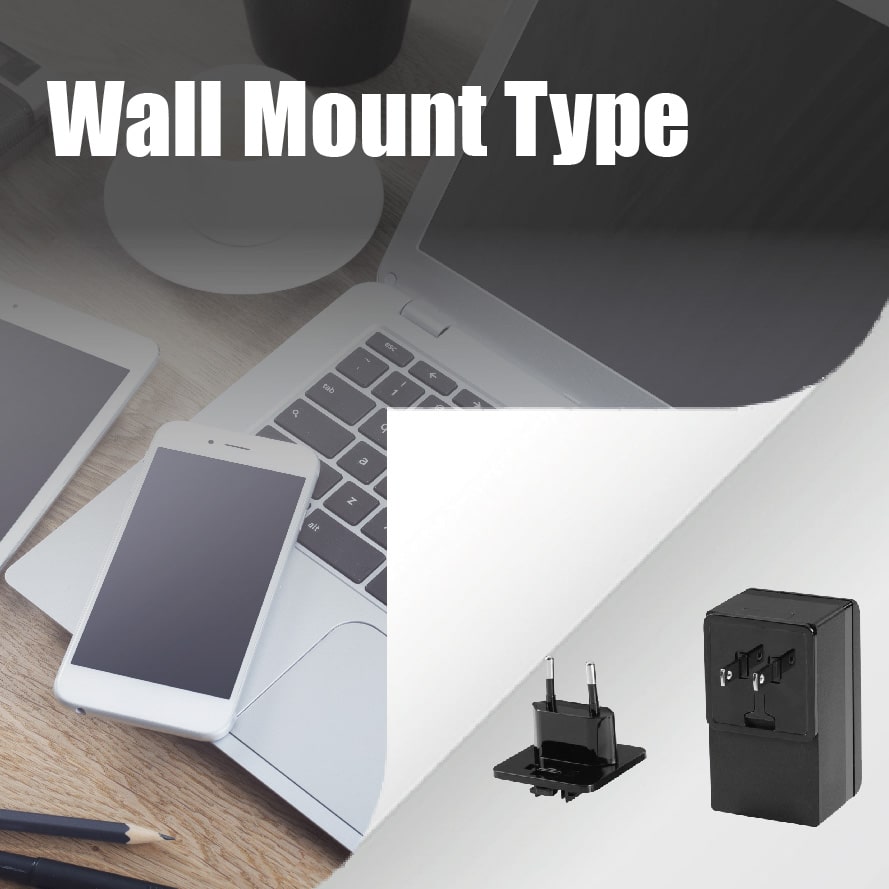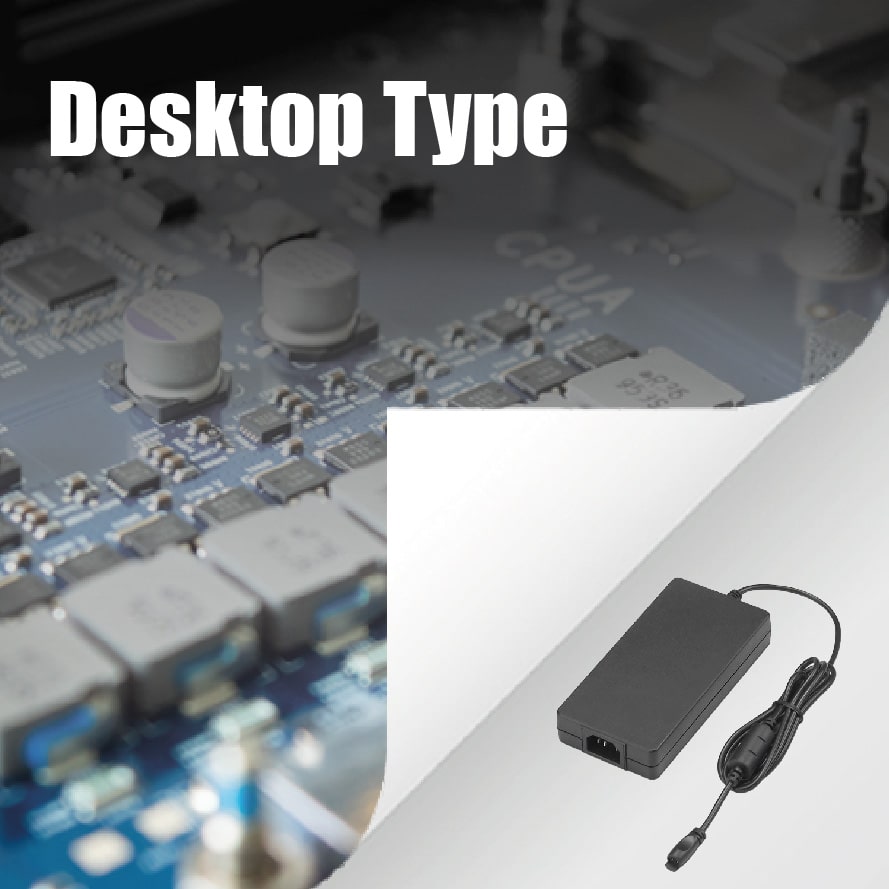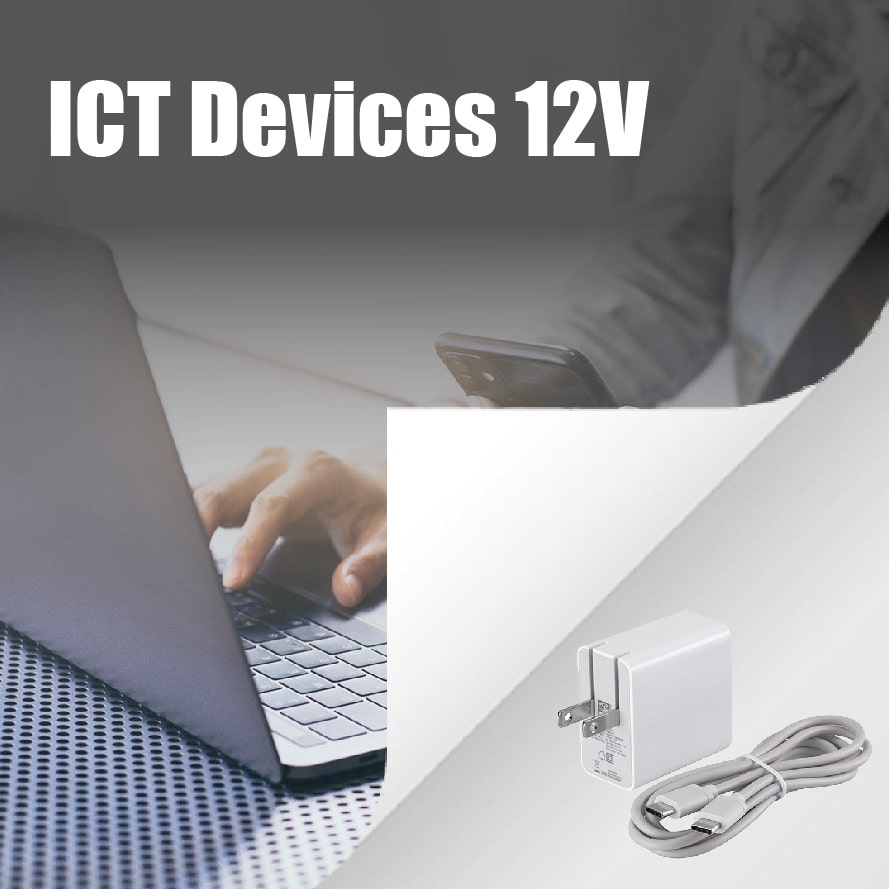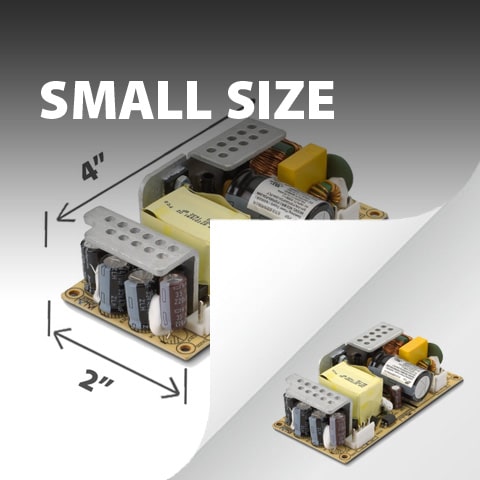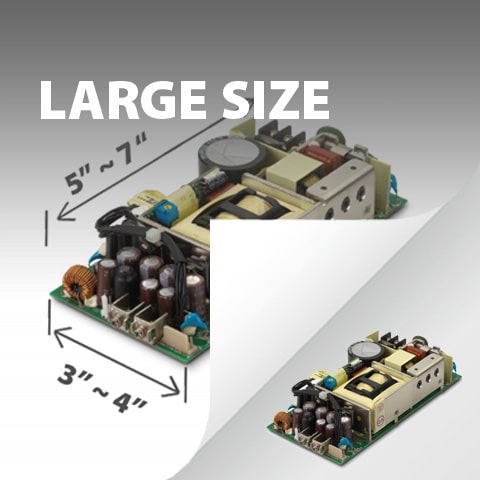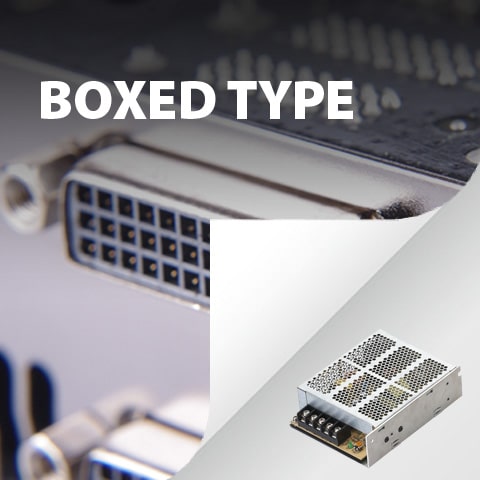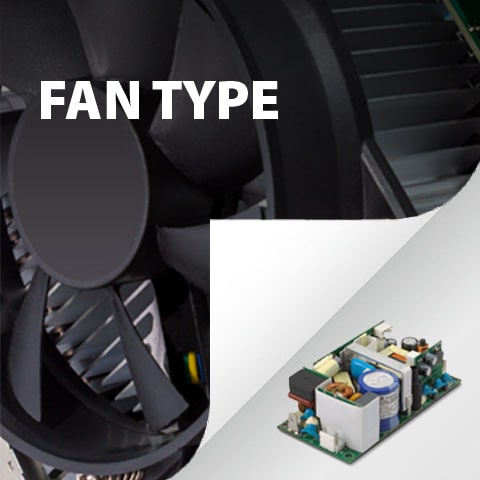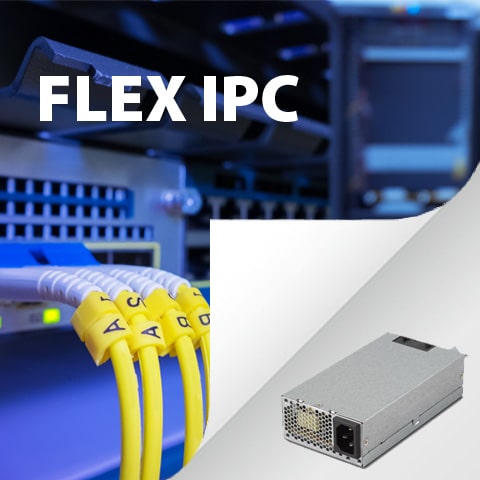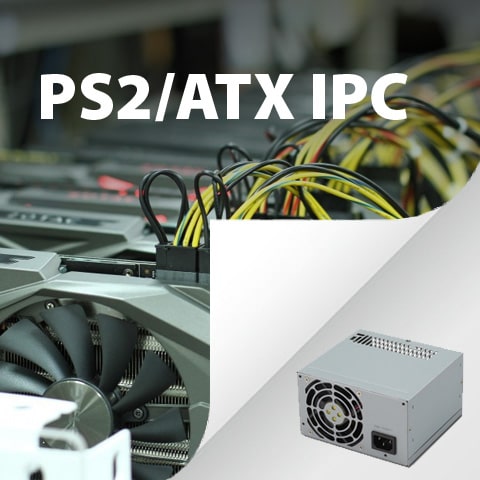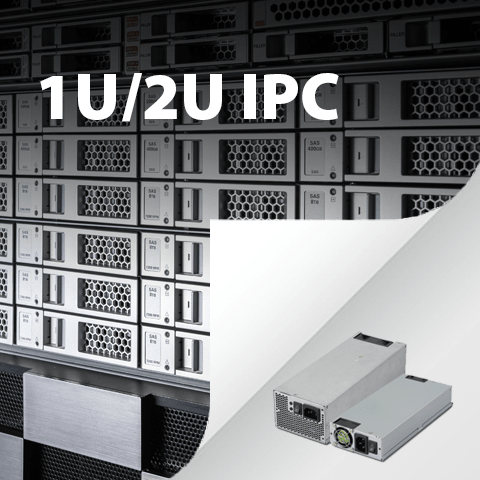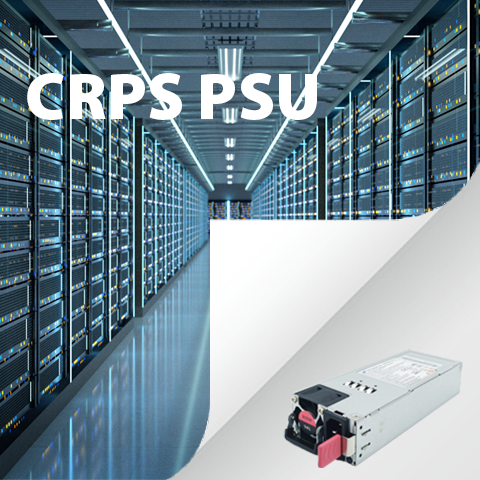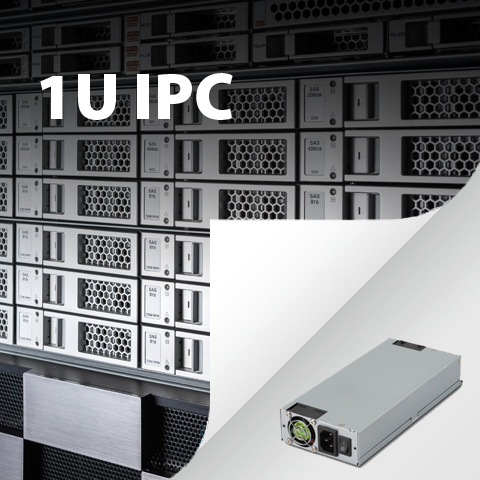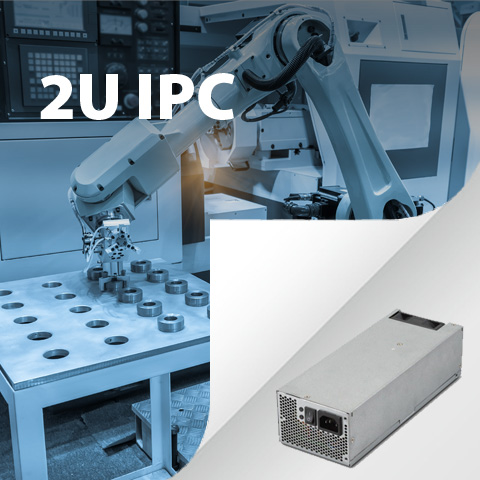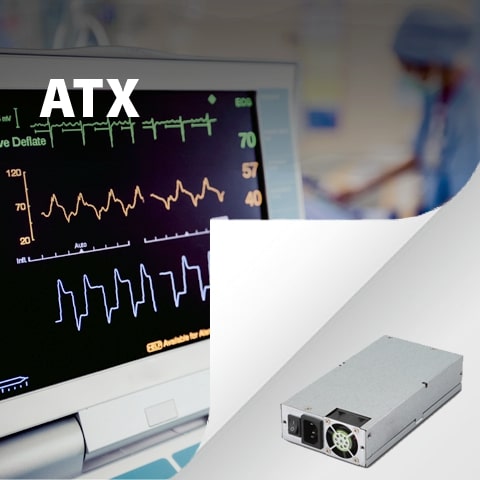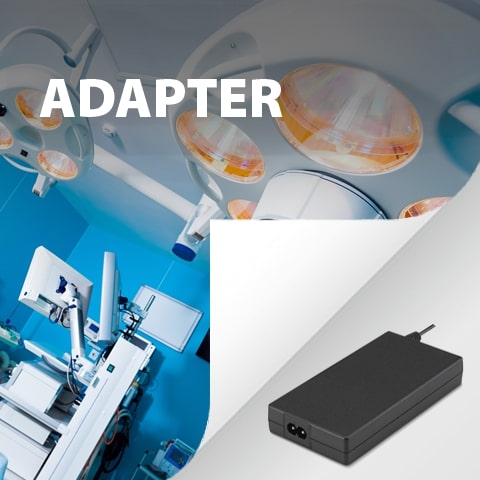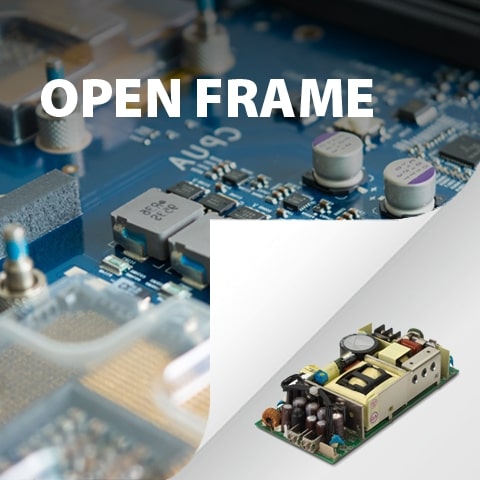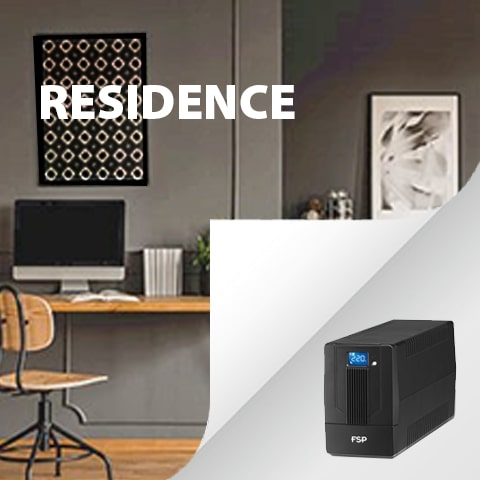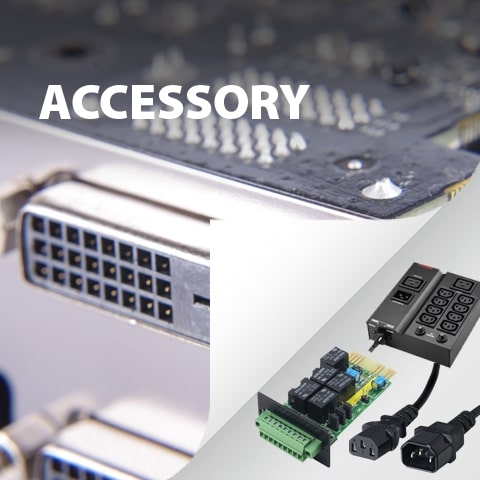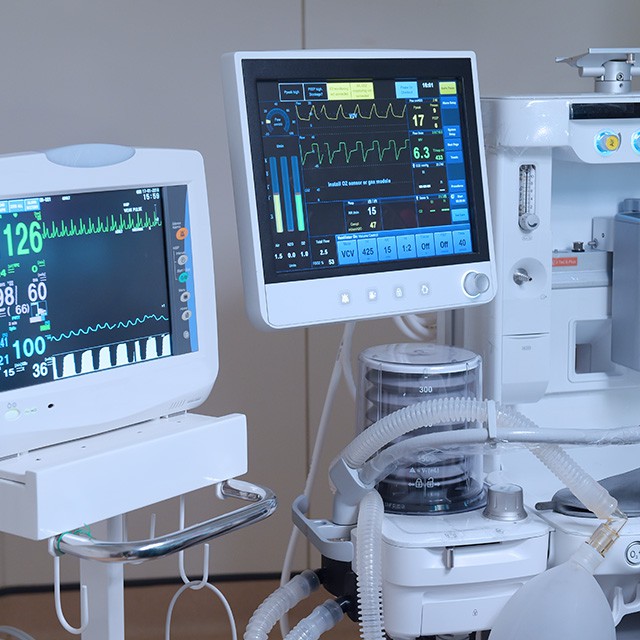What is leakage current? The importance of leakage current to medical power supply
Introduction: What is leakage current?
Leakage current is a term used to describe current that is non-functional. Current that flows from either a DC or AC circuit to the ground, a chassis or any other conductive component in the absence of a grounding system is considered leakage current. Leakage current from the input or output cannot be avoided, but it must be controlled. There are specific limits for leakage current, depending on the industry or application.
Leakage current in different types of equipment flows when there is an electrical connection between the ground and a conductor, which has not been designed intentionally. If the equipment you are using is not grounded correctly, current will flow through other energized components or conductors. In the case of electrical devices, leakage current usually occurs as a result of faults in insulation or the fabrication of materials used to make parts, such as semiconductors.
Why is controlling leakage current important?
Controlling leakage current is important for several reasons. Most electrical installations and equipment utilize grounding systems to protect against outages and hazards. In cases where there are faults or failures in the insulation between power lines and conductive parts, or the grounding connection is disrupted, current flow can cause a circuit breaker or a blown fuse. There is also a risk to human safety, particularly when using medical equipment.
There are standards in place to enhance safety and reduce risks. When using equipment and devices, it is critical to ensure that you are aware of permissible leakage current levels for the relevant application. It is important to note that limits are stricter and more rigorous for medical equipment.
Why medical power supplies need low leakage current?
Electrical equipment is increasingly commonplace within clinical settings. Electricity plays an essential role in enhancing treatment outcomes and saving lives, but using medical equipment can pose risks. Medical power supplies need low leakage current, and there are stringent guidelines in place. Medical equipment leakage current limits are significantly lower than non-medical equipment. This is a safety measure, which is used to protect both healthcare teams and patients.
In many parts of a hospital or healthcare facility, patients and staff are exposed to electrical currents, which have the potential to be fatal. Leakage current can pass through the human body either directly through the skin (this is known as macro shock) or through devices, supplies or equipment, such as pacemakers or catheters (this is known as micro shock). Electric shocks can be particularly hazardous for patients who are undergoing treatment in hospital, as they are likely to be more vulnerable.
What is the safety regulation on the leakage current of medical power supplies?
Medical power supplies are regulated using strict limits, which are considerably lower than equipment and devices used for non-medical purposes. This is to offer enhanced protection for patients and staff who are exposed to currents through the use of specialist medical equipment and devices.
Equipment that is intended for use within the medical industry must meet guidelines set out in the safety standard IEC 60601-1. This is an internationally-recognized safety standard, which applies to any piece of equipment, which is connected to a mains power supply and used in the observation, diagnosis, treatment or management of a patient. Examples include:
- Heart monitors
- Blood pressure monitors
- Ultrasound equipment
- Laser technology for surgery
Under normal conditions, the leakage current limit for medical equipment is 10uA-500uA. This applies to a single fault condition. The table below outlines safety standards for different types of medical devices:
|
Leakage Current |
Type B |
Type BF |
Type CF |
|||
|
NC |
SFC |
NC |
SFC |
NC |
SFC |
|
|
Earth Leakage current |
500uA |
1mA |
500uA |
1mA |
500uA |
1mA |
|
Enclosure Leakage current |
100uA |
500uA |
100uA |
500uA |
100uA |
500uA |
|
Patient Leakage current |
100uA |
500uA |
100uA |
500uA |
10uA |
50uA |
NC= Normal Conditions SFC= Single Fault Conditions
Why choose FSP for low leakage medical power supplies?
FSP specializes in low leakage medical power supplies, providing equipment, which meets international safety standards and certifications. FSP offers four kinds of AC/DC medical supplies, including PC power, adapter, open frame and backup power. With decades of experience in supplying clients with high-quality products and services, FSP is a leading name in the field of medical power supplies. If you have any questions, or you need advice about medical equipment, don’t hesitate to get in touch.
Summary
Leakage current is current that flows from an AC or DC circuit to the ground or another conductor. If the equipment or device is not grounded correctly, it is possible for current to flow through the human body. This is why it is vital to regulate and control leakage current for medical power supplies. Safety standards help to reduce risks and keep patients and healthcare providers and support staff safe.
For more FSP product information, please visit:
Related Articles
-

Das bidirektionale Ladegerät USB Typ-C PD3.1 für Batteriesystemhersteller
-
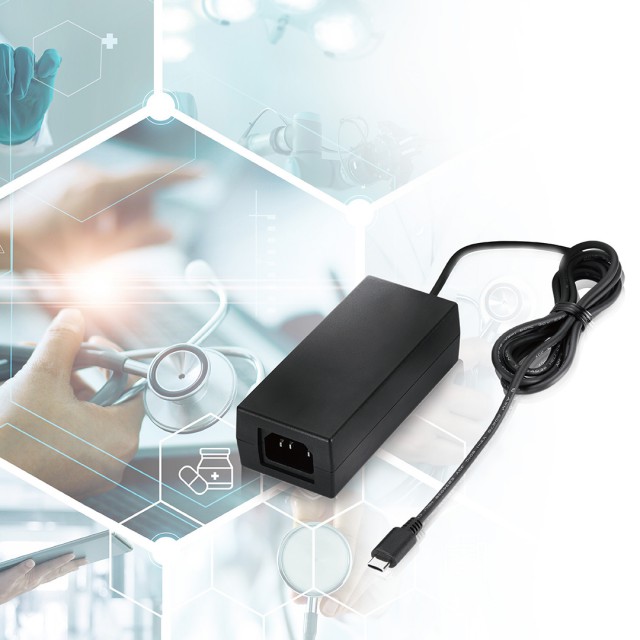
FSP Power Solution GmbH bringt ein innovatives medizinisches 65W USB-PD Ladegerät auf den Markt
-

Steigern Sie Leistung und Stabilität mit fortschrittlichen CRPS-Stromversorgungslösungen von FSP
-

Neue Generation medizinischer Netzteile: FSP600M-70PB und FSP700M-70PB
About FSP
FSP Group is one of the global leading power supply manufacturer. Since 1993, FSP Group has followed the management conception “service, profession, and innovation” to fulfill its responsibilities as a green energy resolution supplier.


